Brown Trout
Most brown trout are caught in spring and fall when they are in less than 25 feet of water. From opening day through May, you will want to focus on gentle gravel drop-offs. Important spots include: Calico Point, Sunset Point to Fern Cove, Walts Cove and Martins Cove. During the daytime, you should try trolling or casting spoons in 15 to 25 foot depths. From dusk until 11:00 PM, try to work the shallows with stickbaits, spinners, or live alewife. In October, pre-spawn fish start moving toward Wallenpaupack Creek so you will want to troll the old channel from Kipp Island to Cairns Island with stick baits from down-riggers.
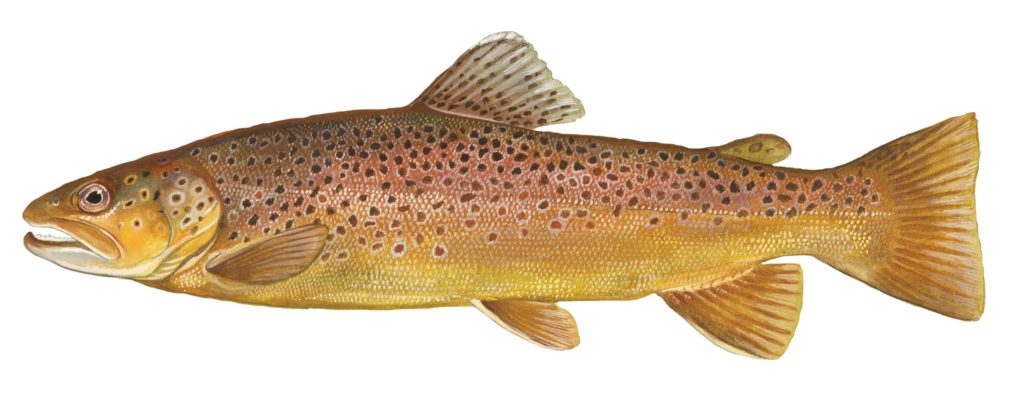
Smallmouth Bass
When bass season opens in mid-June, smallmouth bass are typically well into their summer feeding patterns. Weed beds on a gravel bottom in 8 to 15 foot depths are the key location, especially at Strohs and Martins coves, Goose Pond Cove/Oakview Point, and both banks from Ironwood Point to Cairns Island. Early and late in the day, try and work inside weed edges with tandem spinnerbaits or prop-lures. During midday, you will want to concentrate on deep weed lines. Prospect for active fish with a Rat-L-Trap or crankbait; then slow down with a 4-inch worm or jig/grub combo. In early October, spinnerbaits produce some nice smallies around green weedbeds that may still be growing.
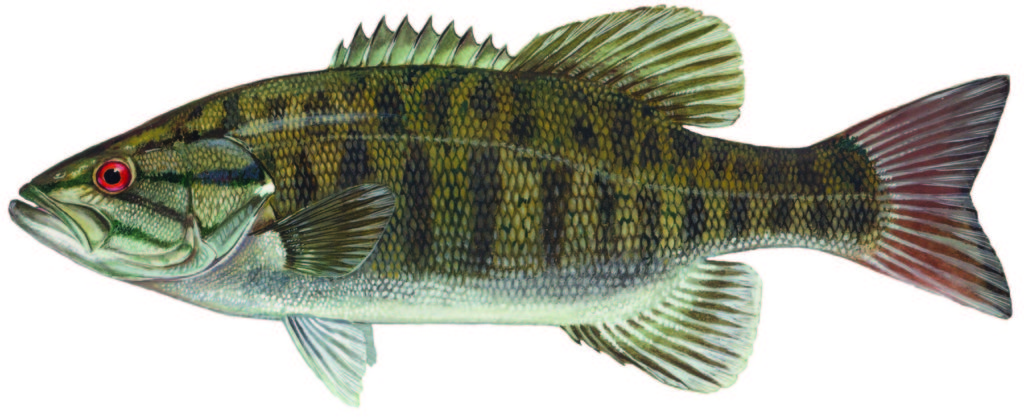
Largemouth Bass
Largemouth bass are caught in many of the same areas as smallmouth, but if you’re specifically after them, try and fish Strohs, Beech House, Goose Pond and Gilberts coves. You might also want to try Ariel Creek. Jig n’ pigs and soft jerkbaits are very effective.
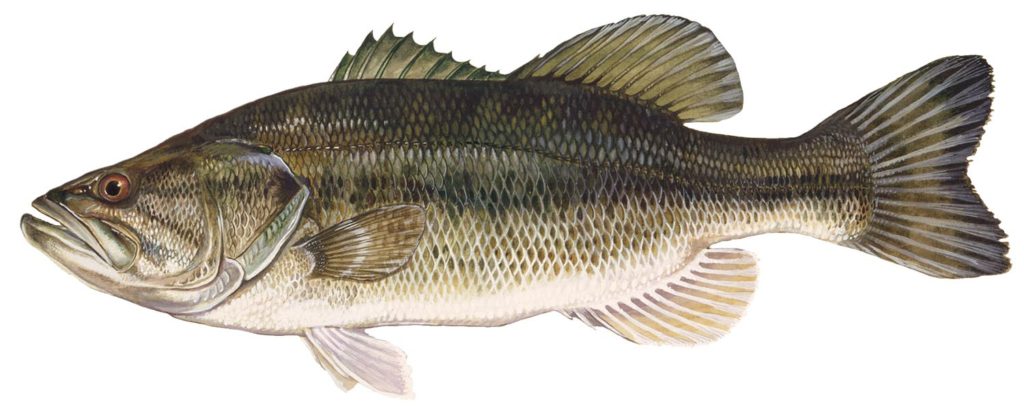
Striped Bass
Early spring striper fishing begins when water temperatures reach 40 to 45 degrees. Look for them in 25 to 40 feet of water off major points (especially Shuman, Simons and Ironwood) and near the dam/outflow. Vertical jig a spoon or bucktail jig for good results.
As waters warm through the 50’s in May and early June, alewife suspend off deep structure during daytime and move inshore at night to feed and spawn. Naturally, the stripers will follow. Top areas include Spinnler Point, Ironwood Point to Cairns Island, Martins Cove, and Walts Cove. Prime time is from dusk until midnight. Work the 5 to 15 foot depths with a stickbait for good results.
From mid-June through September, striped bass hang in the thermocline during daytime. Higher than normal boating traffic makes striper fishing nearly impossible. After dark, alewife and stripers move into the shallows. During this time, start at a major point like Simons, blind-cast stickbaits until you hear surface activity, then quietly move to it.
In October and November, cooling water brings stripers into 10 to 20 feet of water off points for most of the day. Cast stickbaits or troll crankbaits and hope for some luck!
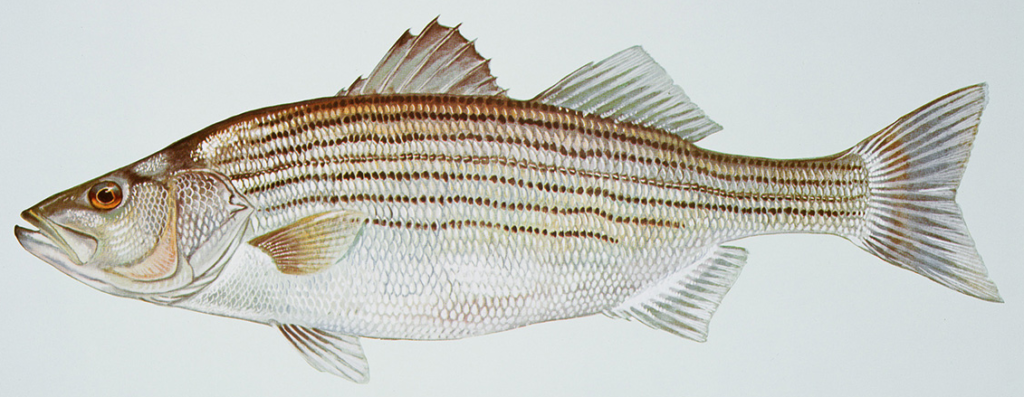
Walleye
Walleye action peaks in May and June, as fish navigate the shorelines in 2 to 10 foot depths at night. Gentle gravel slopes are prime spots, especially at Tafton Dike, Calico Point, Boulder Point, and between Kipp Island and shore. Cast stickbaits or try live herring. Big channel catfish will occasionally hammer the same baits. The same spots and techniques produce some beautiful walleye in October and November.
In summer, walleye follow the suspended alewife during daytime. Try and pick your days to avoid pleasure boaters and troll deep-diving crankbaits to improve your chances.
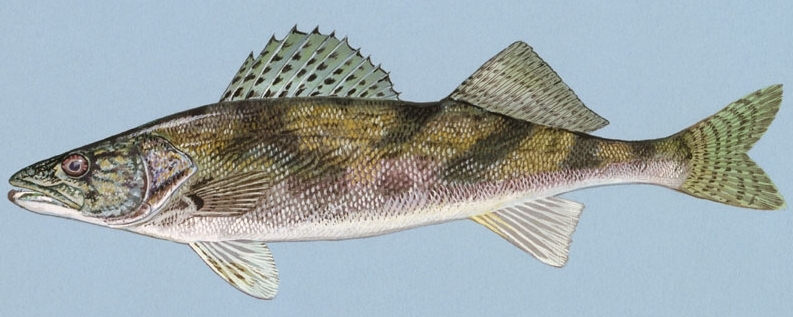
Muskie
The fish of 10,000 casts can be caught in Lake Wallenpaupack; trolling is the most productive means for muskie fishing around the lake. Spoons, large buck-tail spinners, baby duck lures (especially in Spring), and live bait are your best options. If trolling, your most viable option is to stay along the old river bed not far from the main channel. For those desiring to cast lines, try the tail end of the lake where muskies often live among the submerged ledges. Early Spring or late Fall fishing is usually best for these lake monsters.

Chain Pickerel
Lake Wallenpaupack has some very large pickerel. They are often times found in quick moving groups along the shoreline and ledges. Pickerel are known to be aggressive fish that like to ambush their prey. They eat just about anything that approaches their mouths. Because of that, increasing your chances to catch one can be done by using baits with good movement in the water. Any size minnows are the best choice, followed by frogs, nightcrawlers, any kind of crankbaits, stickbaits, or plastics. In the early season and at night, try fishing surface lures. When the sun is high, Rapalas and both shallow and deep divers can be very effective. Just about every location around the lake holds these fish, look for areas with heavy weed beds along the shoreline.

Northern Pike
Pike hit their targets with passion, even coming right up to the boat to finish off their prey. Work those figure eights if you suspect a follow. Pike can see your lure above them in waters deeper than 10 feet because of the position of their eyes. As a result, pike will attack shallow running lures and usually will attack from the side or rear of a lure. Big fish are very territorial; smaller pike tend to congregate together in areas. Northern Pike hunt everything in the lake, so you will want to use a variety of lures, spinners, jigs, plugs, spoons, and even live bait. Locations vary for this top predator but we’ve heard from some local sources that stated “Ledgedale” might be a good place to start.
